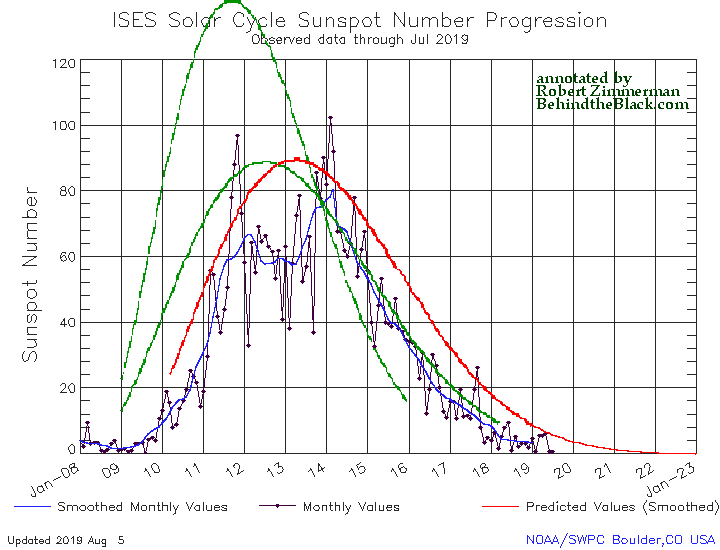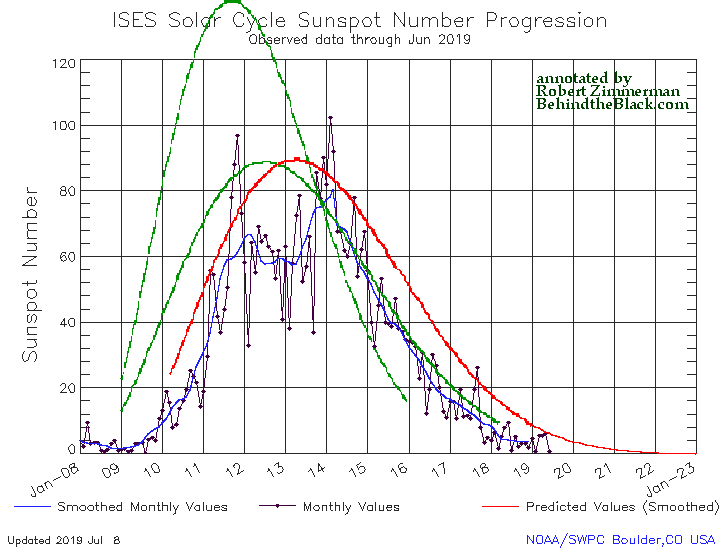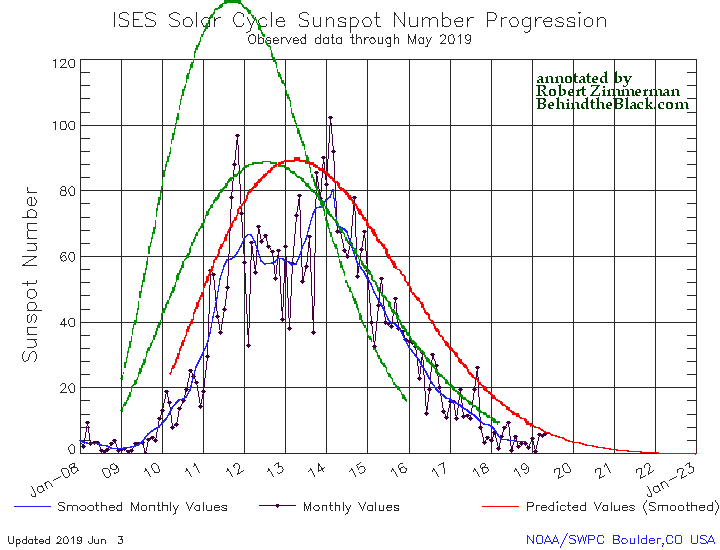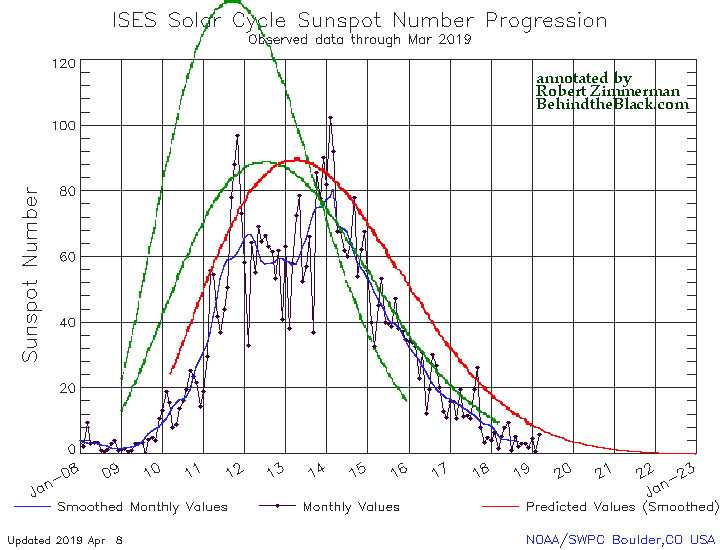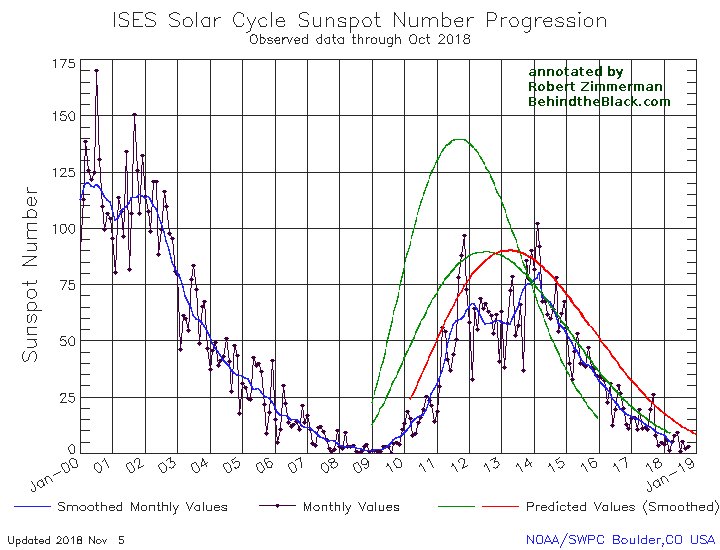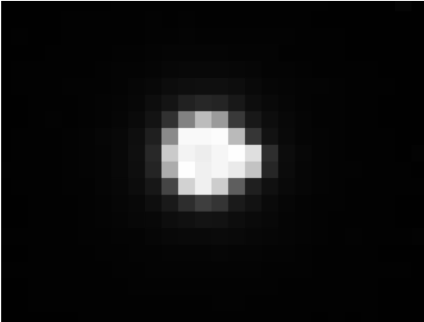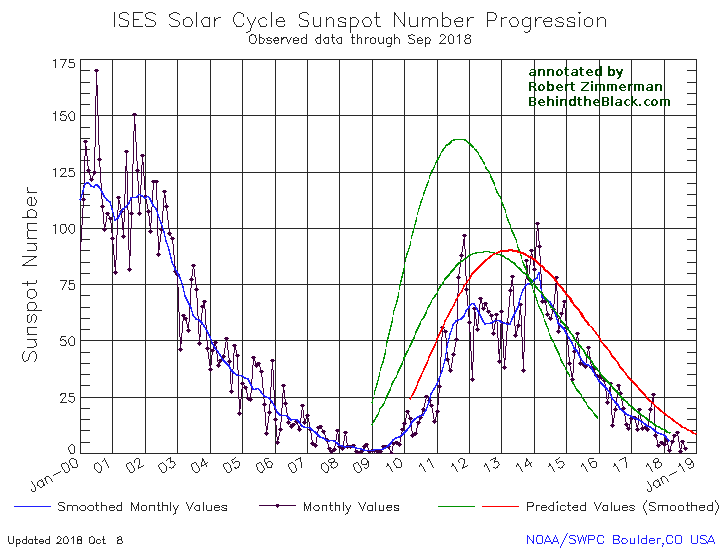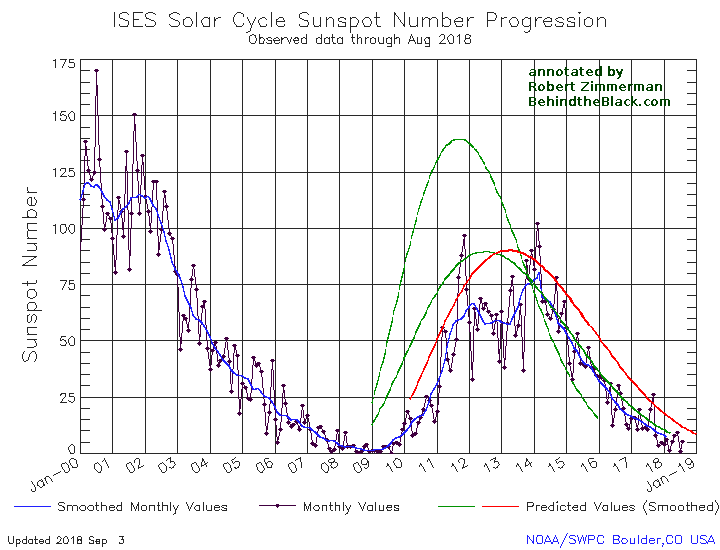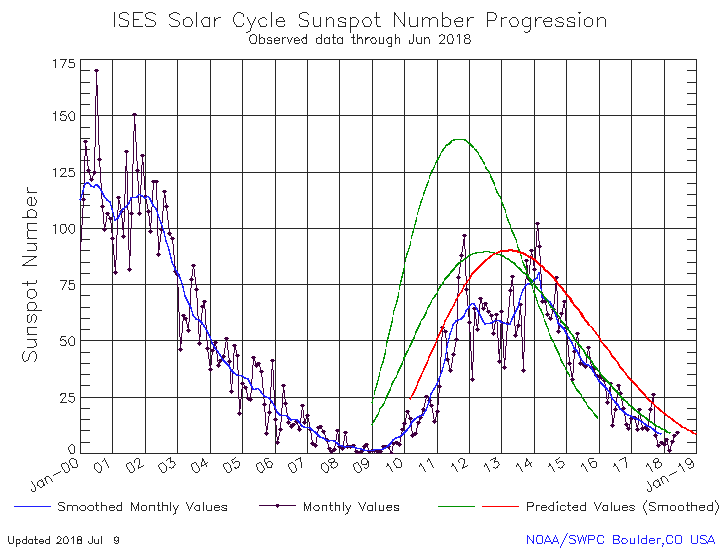Parker to extend instrument operations in future solar fly-bys
The engineering and science team for the Parker Solar Probe have decided they can turn on its science instruments for a longer period during future solar fly-bys, and have now done so for its upcoming third approach.
Parker Solar Probe turned on its four instrument suites on Aug. 16, 2019 — earlier than during its previous two solar encounters, extending the observation period from 11 days to about 35 days.
During the spacecraft’s first two solar encounters, the science instruments were turned on when Parker was about 0.25 AU from the Sun and powered off again at the same distance on the outbound side of the orbit. (One AU, or astronomical unit, is about 93 million miles, the average distance between the Sun and Earth.) For this third solar encounter, the mission team turned on the instruments when the spacecraft was around 0.45 AU from the Sun on the inbound side of its orbit and will turn them off when the spacecraft is about 0.5 AU from the Sun on the outbound side.
This decision will allow them to get more data about the solar wind from farther from the Sun.
The engineering and science team for the Parker Solar Probe have decided they can turn on its science instruments for a longer period during future solar fly-bys, and have now done so for its upcoming third approach.
Parker Solar Probe turned on its four instrument suites on Aug. 16, 2019 — earlier than during its previous two solar encounters, extending the observation period from 11 days to about 35 days.
During the spacecraft’s first two solar encounters, the science instruments were turned on when Parker was about 0.25 AU from the Sun and powered off again at the same distance on the outbound side of the orbit. (One AU, or astronomical unit, is about 93 million miles, the average distance between the Sun and Earth.) For this third solar encounter, the mission team turned on the instruments when the spacecraft was around 0.45 AU from the Sun on the inbound side of its orbit and will turn them off when the spacecraft is about 0.5 AU from the Sun on the outbound side.
This decision will allow them to get more data about the solar wind from farther from the Sun.

